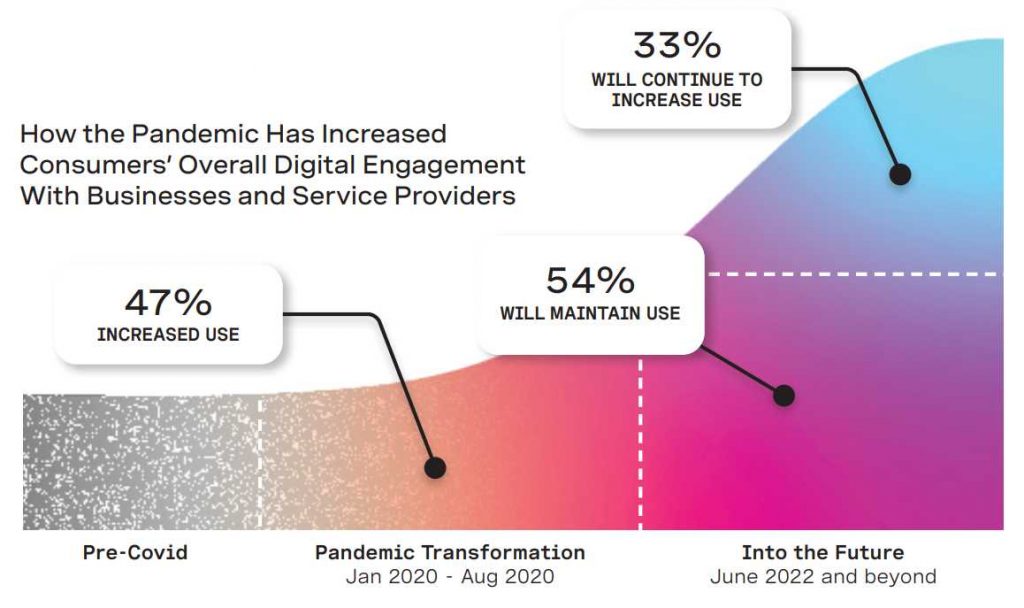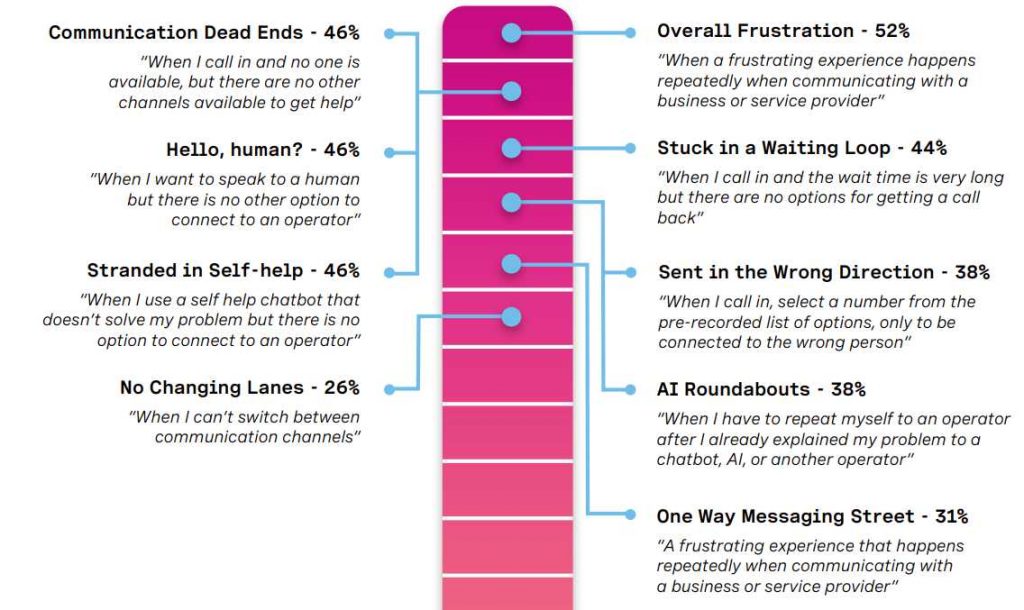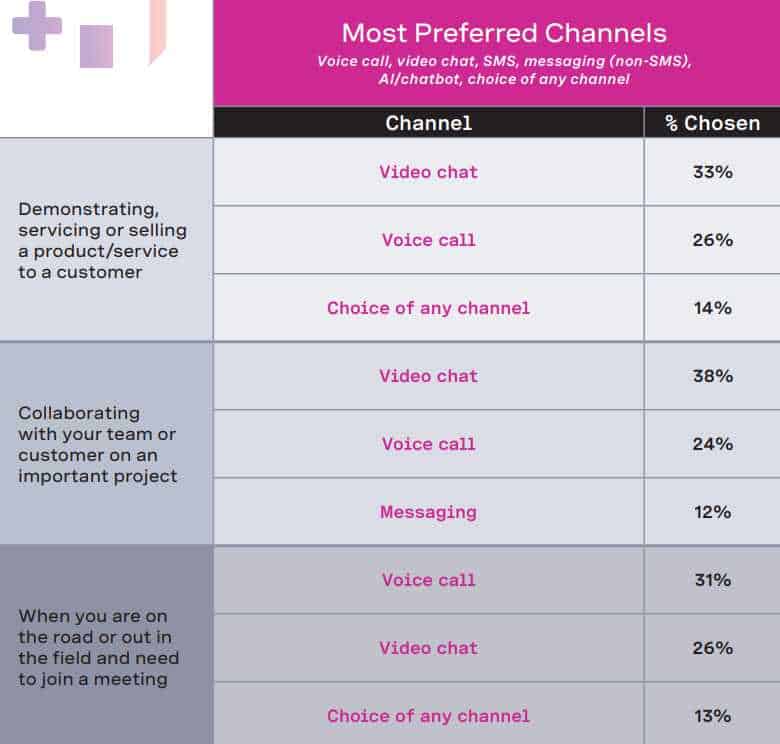"COVID-19 has fundamentally changed how businesses operate and how consumers interact with those organisations," said Joy Corso, chief marketing officer for Vonage.
Vonage’s 10th Global Customer Engagement Report showed 47% of consumers worldwide have increased their use of digital channels to engage with businesses and service providers over the past 12-18 months and 87% expect to maintain or increase this level in the next 6-12 months.

Asian habits are changing
Here in Asia consumers have significantly increased their use of digital channels to engage with businesses and service providers since the outbreak of COVID-19 – 52% (retail & e-commerce), 51% (education), 49% (banking & finance), 46% (healthcare services), 43% (media, gaming & online dating) and 31% (transportation & travel).
In the next 6-12 months, 44% will continue to increase their digital engagement with retail and e-commerce service providers, followed by education and banking & financial services (42%), healthcare (38%), media, gaming & online dating (36%) and transportation & travel (34%)
What it means to business
Vonage explored some of the customer service hurdles that surveyed consumers reported and the business impact of these frustrations. For example, 46% of consumers are very likely to stop buying from a business or using its services if their calls repeatedly go unanswered with no other channels available for help. This highlights the importance of secondary and tertiary choices for communication; offering another channel such as live chat can ensure that the customer’s needs are still met.

Source: Global Customer Engagement Report, Vonage 2021
The Vonage research shows that digital channels have rapidly emerged alongside traditional methods of communication, with sharp and sustained growth in video, chatbots, app-based messaging and calling, while email and traditional voice calls remain relatively status quo.
The research highlights changes over the past two years that reinforce the need for businesses and service providers to transform their customer engagement strategies to become more agile and adapt to permanent changes accelerated by the COVID era.
Consumers who embraced new and emerging channels of communication during the pandemic did not revert to old habits. Customer engagement has permanently changed and there will be no return to the pre-2020 era. The usage of digital channels (video, chatbots, non-SMS messaging apps, etc.) has grown considerably, while more traditional channels (mobile voice calls, email) have held steady.
“This underscores the need to connect with and engage with customers in multiple ways, in their preferred modality. We are in an age where customers expect ultra-fast, seamless and dynamic communications and engagement,” said Corso.
Video is the new phone call
Since January 2020, globally, there has been a 300% growth in the number of people who prefer to connect with businesses via video. Three in five consumers worldwide are video chatting with a business or service provider more now than they were 18 months ago, and four in five expect their video chats with friends and family to stay the same (55%) or increase even further (35%) during the next six months.

Other data points
- Consumers are using video chat to connect with healthcare services 50% more today than they were during the outbreak of COVID-19 in 2020.
- With the advent of widespread distance learning, 37% of consumers prefer video chat when learning and studying remotely with a tutor.
- At work, 38% of respondents favor video calls when collaborating with their team or customers on an important project. Digital engagement while working increased for at least half of respondents in each region. APAC saw a 65% increase since the start of the pandemic.
What messaging apps can do
Emerging communications channels that saw an increase in preference include messaging via social messaging apps and chatbots. Consumer preference for messaging apps has doubled since the outbreak of COVID-19.
Consumers now use and prefer WhatsApp both to call and text more than any other messaging channel, beating even SMS and Facebook Messenger.
WhatsApp is now 160% more popular than SMS. 27% of users prefer to use WhatsApp to communicate with a service provider, making it the preferred messaging app in Asia, followed by SMS (22%), WeChat (16%) and Line (14%).
Businesses must always be agile and ready to adapt to changes in the market, but the pandemic made the call for agility even louder. While a remote delivery of services is crucial to business survival today, that ability will mean little if the experience isn’t frictionless, seamless, and embedded into the applications customers are already comfortable using.
Organisations that meet consumers on their communications channel of choice, while limiting frustrations, may emerge from this turbulent era stronger than before.





